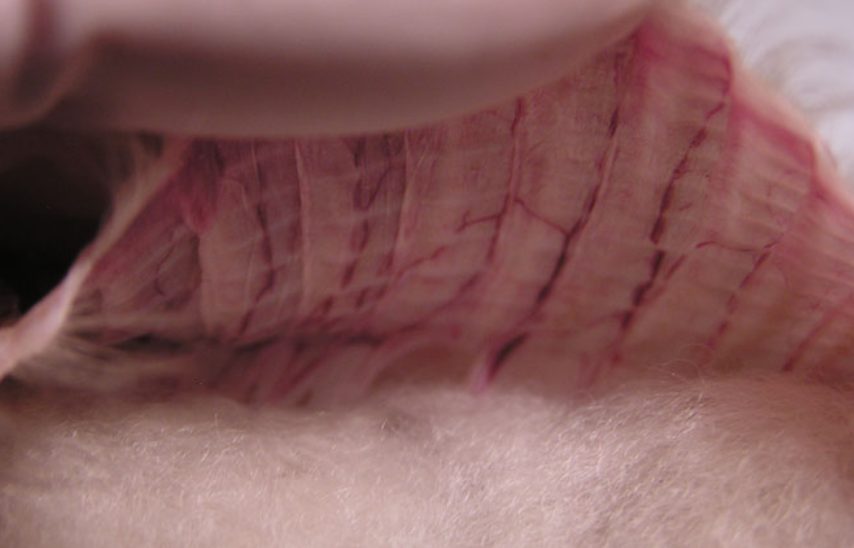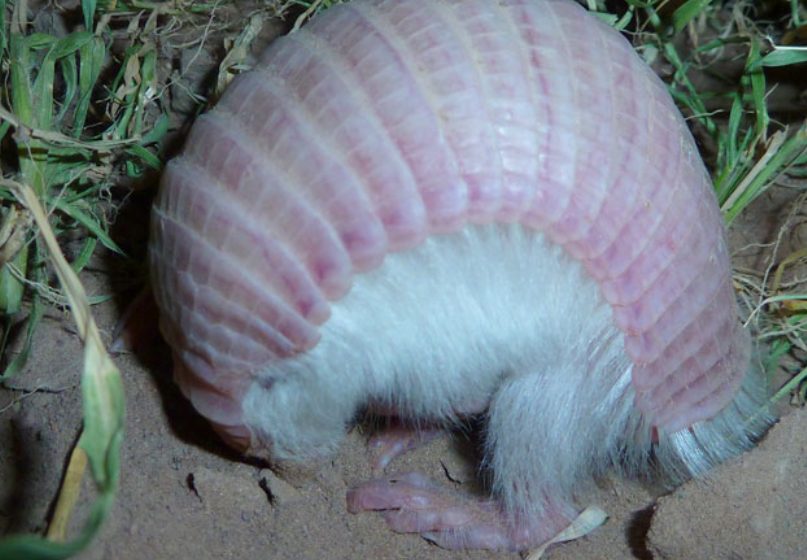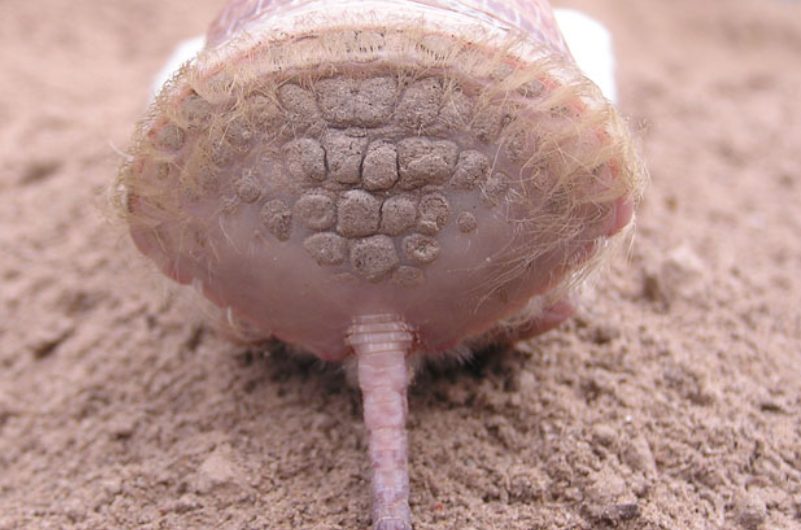With a weight of around 100 grams, it can comfortably fit in your hand. The pink fairy armadillo (Chlamyphorus truncatus), also known as the Pichiciego, is the smallest armadillo species in the world, measuring only about 15 cm (6 inches) in length. According to Mariella Superina of the CONICET research center in Mendoza, Argentina, this armadillo is covered with “very fine, silky white hair.” And its hard outer shell, which is rich in blood vessels, is capable of turning pink. The rosy hue along the pink fairy armadillo’s spine is known as a carapace, similar to the exoskeleton seen in turtles or crustaceans. This protective armor serves as the animal’s main defense against predators. When threatened, the armadillo can quickly burrow underground and then use its armor plate to “cork” the entrance to its burrow for added security
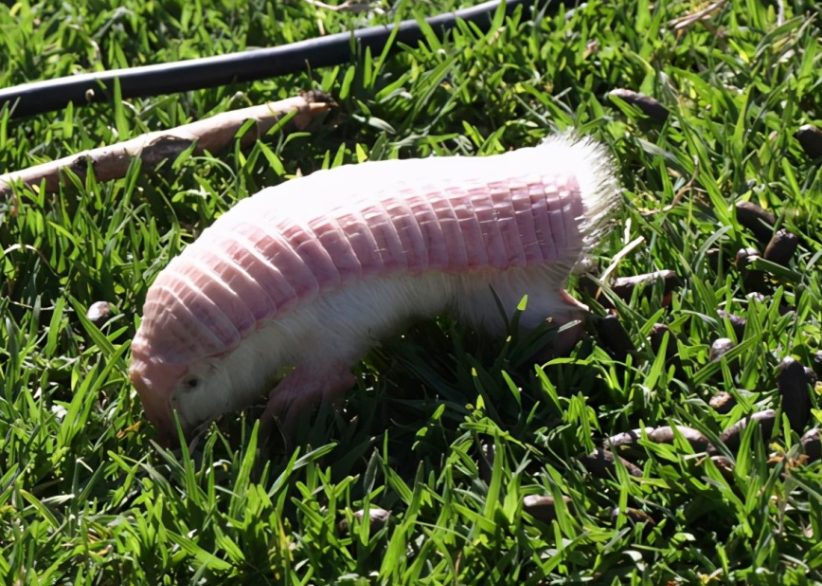
Much about the biology of the pink fairy armadillo remains a mystery though. It is found only in a dry, sandy region of Argentina and primarily resides underground, making it difficult to spot. As a result, Superina and her team are finding it challenging to even determine if species is endangered or not. Superina leads an international group of experts who are now evaluating the extinction risk for the world’s 21 known armadillo species, along with their close relatives, sloths, and anteaters. After 10 years on the field, Superina has yet to catch sight of a pink fairy armadillo in its natural habitat. All she has seen is tracks made by digging claws that abruptly end after several meters – most probably where the armadillo has gone underground. And she also had a chance to observe the diamond-shaped tip of its tail. But that’s all.
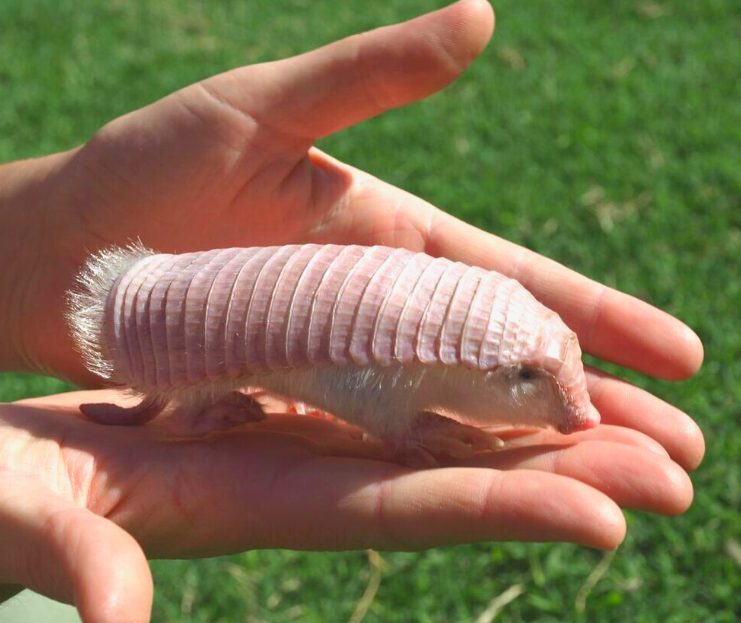
She says that locals are skilled at tracking down any animals, but have no luck with this one. On rare occasions, individuals have captured one of these creatures, but soon become overwhelmed by the challenge of keeping it alive. These captive specimens typically survive for no more than eight days. Superina had difficulties caring for one such stray animal that could not be released back into the wild. When not in captivity, pink fairy armadillos mainly eat ants and larvae while underground, and are also known to eat worms, snails, and various insects – and as a last resort even plant leaves and roots, if none of the former are available. But this little guy just wouldn’t eat anything. The researcher was desperate. Finally, she found that the animal would consume a mixture (made of milk, cat food, and exactly half a banana) intended for a different species. However, the next stray animal would not accept the same food. Don’t even think of getting one as a pet, she says
